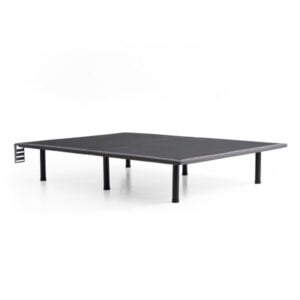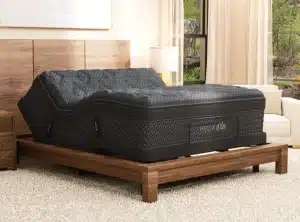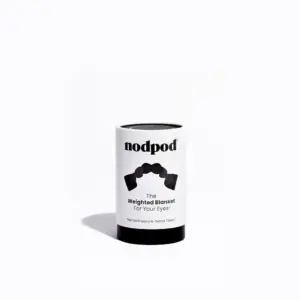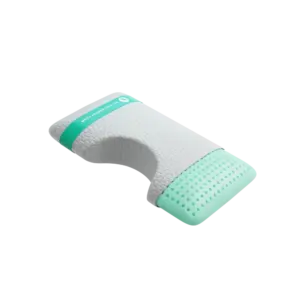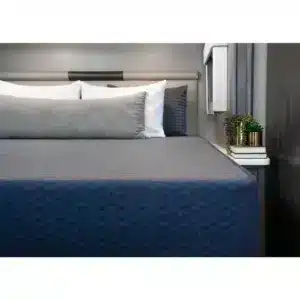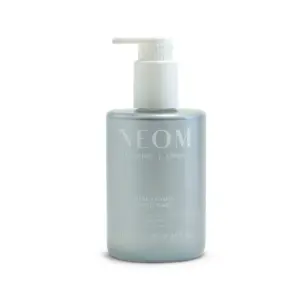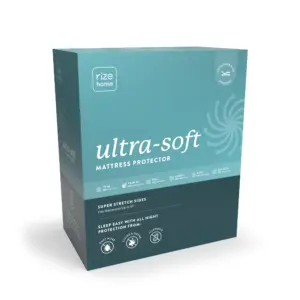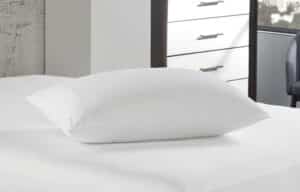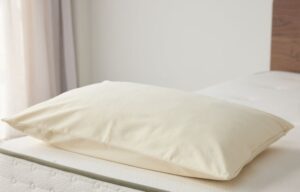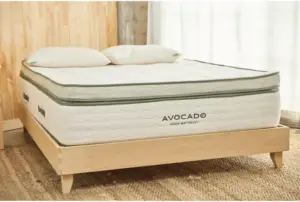Allergy-Free Nights: Discover the Best Hypoallergenic Sheets
Finding the best hypoallergenic sheets is a crucial step toward achieving a restful and uninterrupted night’s sleep for those suffering from allergies. These specially designed sheets help combat common allergens like dust mites, mold, and pet dander, which can trigger various symptoms including sneezing, skin irritation, and breathing difficulties. By selecting the right materials, you can create a clean and soothing sleeping environment that promotes better health and comfort.
What Are Hypoallergenic Sheets?
Hypoallergenic sheets represent a transformative option for individuals with allergies or sensitive skin. Unlike standard sheets, these are meticulously crafted to minimize allergens by using tightly woven fabrics that act as a barrier against dust mites and other irritants. The choice of material is essential; options like bamboo, Tencel, silk, and Egyptian cotton offer unique properties that can enhance your sleep experience.
Dust Mites and Allergens
Dust mites are microscopic creatures that flourish in warm, humid environments, feeding on dead skin cells and generating waste that can exacerbate allergic reactions. Hypoallergenic sheets resist these pests due to their specialized construction, which prevents dust mites from penetrating the fabric.
Respiratory Benefits
For many, allergens in bedding can lead to uncomfortable respiratory reactions such as sneezing and congestion. By incorporating hypoallergenic sheets into your bedroom, you can diminish your exposure to these triggers, leading to a more restful night’s sleep and improved overall well-being.
The Science Behind Hypoallergenic Sheets
When it comes to choosing the best hypoallergenic sheets, the materials used play a pivotal role. Natural fabrics like bamboo, Tencel, and silk have inherent properties that repel allergens while allowing breathability—an essential factor in regulating temperature and moisture. Higher thread counts can provide a tighter weave, serving as an effective barrier against allergens without compromising comfort.
Selecting sheets made from these materials not only improves your sleep experience but also fosters a healthier sleeping environment.
Top Hypoallergenic Sheet Options
Here’s a closer look at some of the leading materials for hypoallergenic sheets and their benefits:
Bamboo Sheets
Bamboo sheets are a fantastic option for environmentally conscious sleepers. Sourced from fast-growing bamboo plants, these sheets naturally repel allergens and provide moisture-wicking and temperature-regulating properties. This means you’ll stay cool and dry—ideal for restless sleepers.
Silk Sheets
Silk sheets are synonymous with luxury and comfort. The natural fibers in silk have intrinsic qualities that make them resistant to allergens like dust mites and mold. For those concerned about sustainability, eucalyptus silk (also known as Tencel) serves as an eco-friendly alternative, offering similar benefits without the hefty price tag.
Tencel Sheets
Derived from eucalyptus trees, Tencel sheets are gaining popularity for their breathability and moisture-wicking capabilities. They help regulate temperature and minimize allergens, creating a comfy, itch-free sleep environment. For those seeking both luxury and sustainability, Tencel is an excellent choice.
Cotton Sheets
Cotton sheets, particularly those made from high-quality Egyptian cotton, are a timeless classic. Known for their breathability and softness, these sheets excel in providing comfort while preventing allergen build-up. Opting for tightly woven cotton enhances their ability to resist dust mites effectively.
Features to Consider When Selecting Hypoallergenic Sheets
When choosing the best hypoallergenic sheets, several features can determine the quality and effectiveness of your bedding:
Thread Count
While thread count is often viewed as a quality indicator, it’s important to know that higher counts generally lead to softer and more luxurious sheets. Materials like bamboo and Tencel typically achieve higher thread counts, which can also contribute to their hypoallergenic properties by creating a tighter weave.
Organic Materials
Opting for organic materials can greatly affect allergy sufferers. Organic sheets, such as those made from organic cotton or bamboo, are not only gentle on the skin but also free from harmful chemicals. This promotes a natural method to combating dust mites and allergens, enhancing your sleep quality.
Breathability
Breathability is critical when selecting hypoallergenic sheets. Look for options that allow for maximum airflow to help regulate body temperature—a crucial factor in maintaining a restful night’s sleep. Sheets made from bamboo and Tencel excel in moisture-wicking, reducing the likelihood of waking up feeling stuffy.
Certification
To ensure your sheets are genuinely hypoallergenic, look for reputable certifications, such as OEKO-TEX, that guarantee products are free from harmful substances. This assurance adds an extra layer of peace of mind, ensuring the sheets contribute to an allergy-free environment.
Maintaining an Allergy-Free Bedroom
Creating an allergy-free sleeping space extends beyond just selecting the right sheets. Here are effective strategies to complement your hypoallergenic bedding:
Regular Cleaning
Cleaning your bedroom regularly can significantly reduce allergens. Wash your hypoallergenic sheets weekly at the highest temperature suitable for the fabric to effectively kill dust mites and bacteria. For delicate fabrics like silk or Tencel, opt for cooler wash cycles to maintain their quality.
Utilize Dehumidifiers
High humidity levels can encourage the growth of dust mites and mold. Aim to keep your bedroom humidity between 30-50%. A dehumidifier can help maintain the right moisture levels, particularly in humid climates.
Pet Management
If you have pets, keeping them out of the bedroom can help minimize allergen exposure. Regular grooming and laundry of pet bedding can also reduce the transfer of dander into your sleeping space.
Conclusion
Choosing the best hypoallergenic sheets is essential for improving sleep quality, especially for those suffering from allergies. By understanding the unique properties of materials like bamboo, silk, Tencel, and Egyptian cotton, along with considering key features and maintenance practices, you can create a serene and health-conscious sleep environment. At Yawnder, we’re dedicated to guiding you in making informed decisions about your bedding for peaceful, allergy-free nights. Invest in your health and comfort, and wake up rejuvenated every morning.

